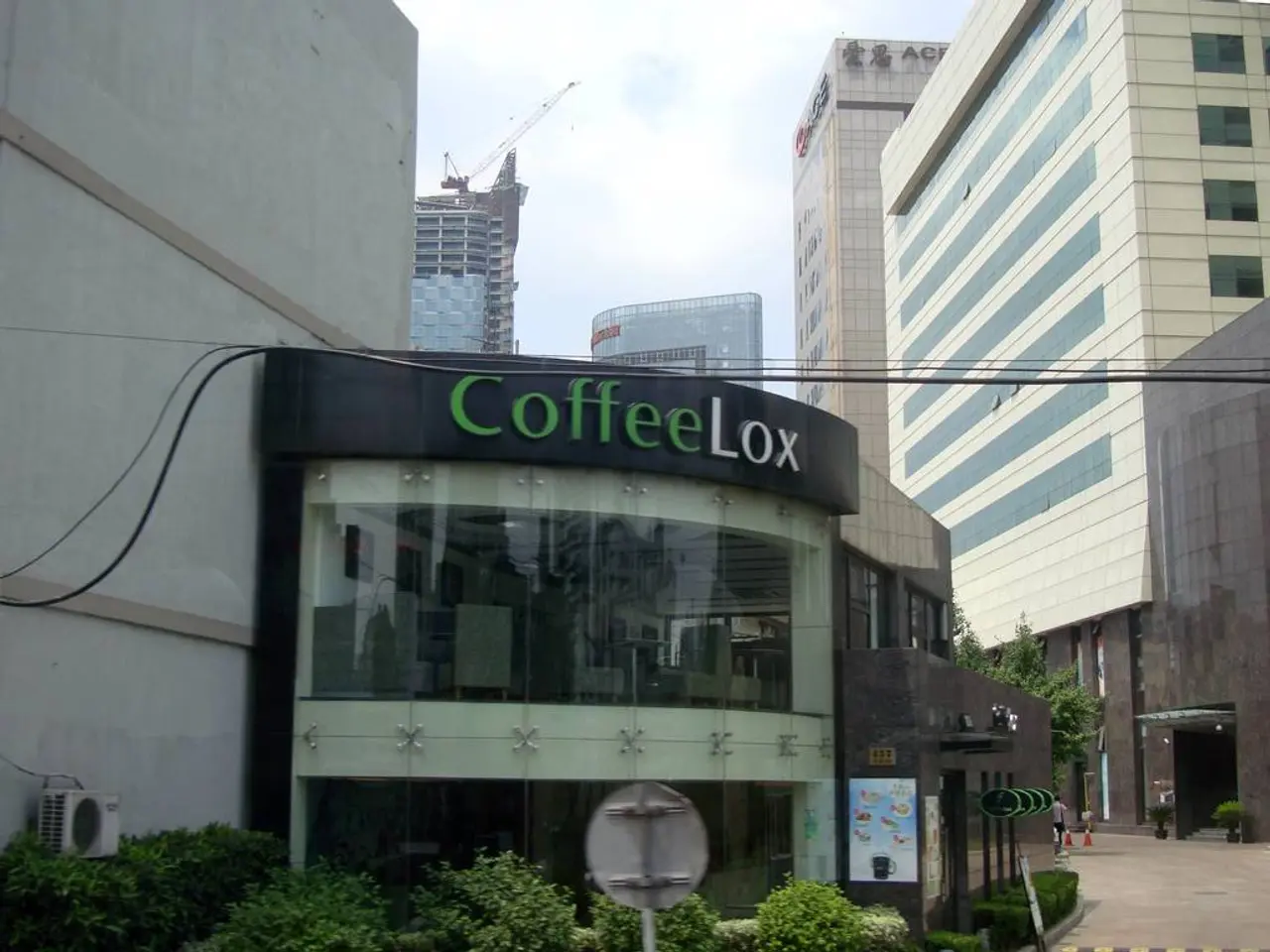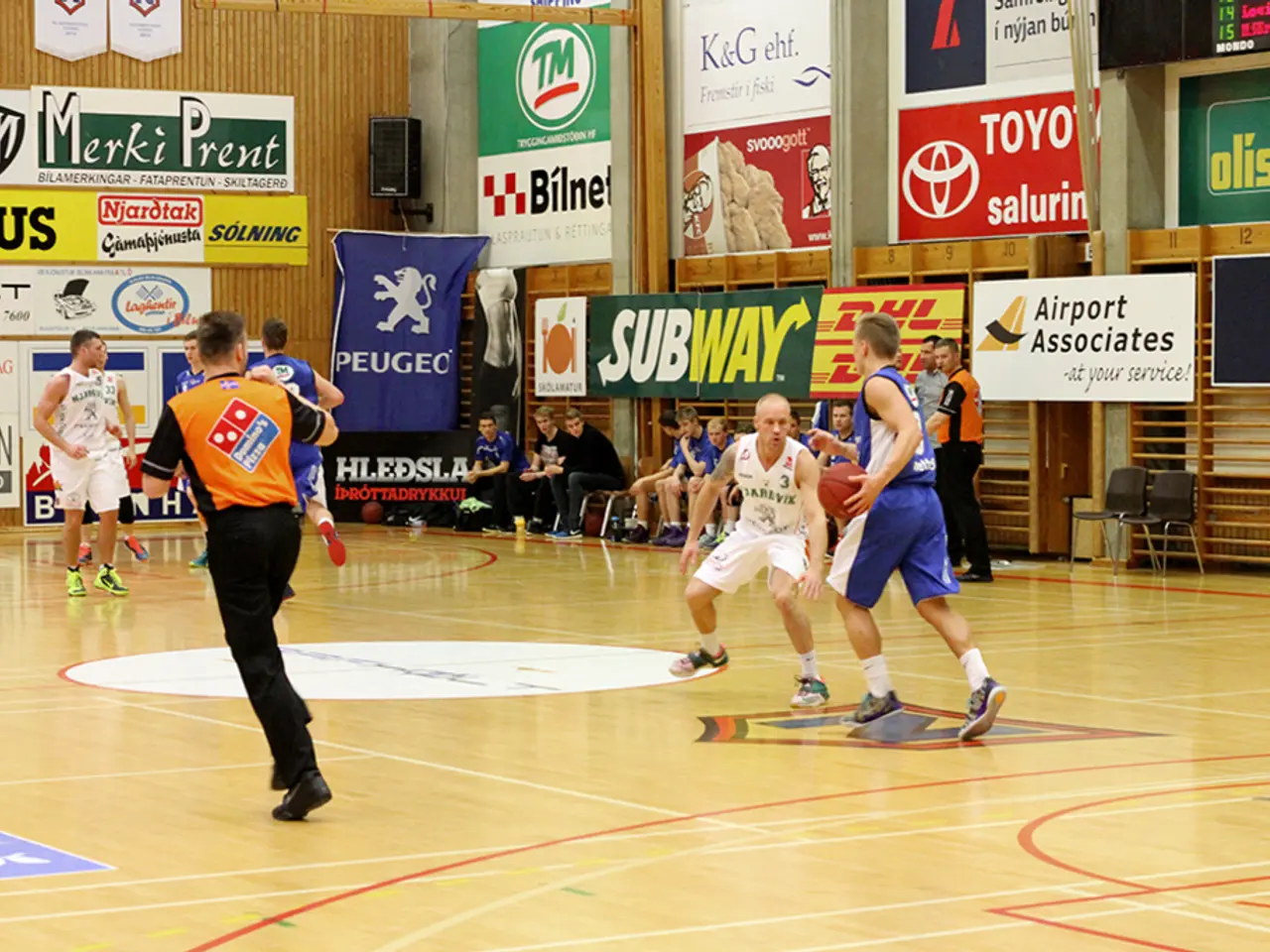Transforming commercial spaces into residential properties will be emphasized in 2024
In August 2021, the introduction of Class MA conversion rights under the General Permitted Development Order enabled commercial buildings to be converted into residential properties without the need for full planning permission. This change, part of a broader initiative to increase housing in urban centres and utilise brownfield development, has brought about a new wave of opportunities. However, converting commercial buildings into homes is not without its challenges.
The practical hurdles in achieving residential comfort and functionality within these converted spaces primarily revolve around design issues such as natural light, ventilation, thermal and sound performance, external amenity space, privacy, security, and compliance with space standards.
Commercial spaces are often designed without the spatial layouts needed for residential comfort, requiring significant redesign to create viable living units. Ensuring adequate natural light and ventilation can be challenging as commercial buildings frequently have large internal areas with few windows or rely on artificial lighting and mechanical ventilation. Achieving residential thermal comfort standards can be a challenge as commercial buildings may have different insulation, glazing, and HVAC systems designed for office or retail use rather than homes.
Sound performance is another concern, as commercial buildings may have poor acoustic insulation compared to residential requirements, especially where mixed use or adjoining commercial activities persist. Providing appropriate outdoor spaces such as balconies or gardens is often difficult due to the lack of such features in commercial buildings. Ensuring that converted units offer adequate privacy and security standards may require additional modifications, as commercial buildings are typically designed with public or semi-public access in mind.
Meeting residential space standards (minimum room sizes, room heights, and layout requirements) can be problematic because commercial properties often have differing floor-to-ceiling heights and internal arrangements which are not optimised for residential living.
Despite these challenges, the collaboration between developers, architects, and planning consultants plays a crucial role in determining the success of Class MA amendments in achieving its aim: to provide more good quality housing in sustainable and deliverable locations. Engaging professionals from an early viability stage can help developers select the most suitable buildings for conversion and avoid unforeseen challenges.
Buildings that were once residential are best suited for conversion to residential use, as they have domestic proportions, smaller, more frequent windows, and are usually set back from the public realm, offering better security and potential for external amenity space. Landscaping can provide external amenity space, which is not easily found with existing commercial buildings.
It is important to note that Class MA rights do not apply to listed buildings or those subject to Article 4 Direction, within a site of scientific interest, outstanding natural beauty, or agricultural tenancy. Additionally, any external changes to an existing building needed to address these challenges are usually outside of PD rights and are therefore subject to further planning applications.
The amended Class MA PD rights in 2024 removed any previous restriction on the size of buildings to be converted as well as the three-year vacancy requirement, expanding the potential for brownfield development and housing within urban centres.
While the debate about councils buying land for affordable homes continues, Class MA conversions offer a tangible strategy in achieving this goal. By carefully adapting and sometimes extensively renovating commercial buildings, we can create more valuable end products that help achieve greater opportunities for natural light, ventilation, amenity space, and security, ultimately providing good quality housing in sustainable and deliverable locations.
In the process of adapting commercial buildings for residential use, ensuring sports facilities within the converted housing complexes could enhance the quality of life for residents. The incorporation of multi-purpose community spaces for recreation, including sports, can foster social interaction and promote a healthier lifestyle.
However, designing sports facilities within existing structures requires careful consideration to maintain architectural integrity, optimize space, and prioritize safety and functionality for both sports and residential purposes. A thoughtful approach to urban planning and design can transform these commercial-to-residential projects into vibrant communities with amenities like sports facilities, contributing to a more balanced and fulfilling living environment.





